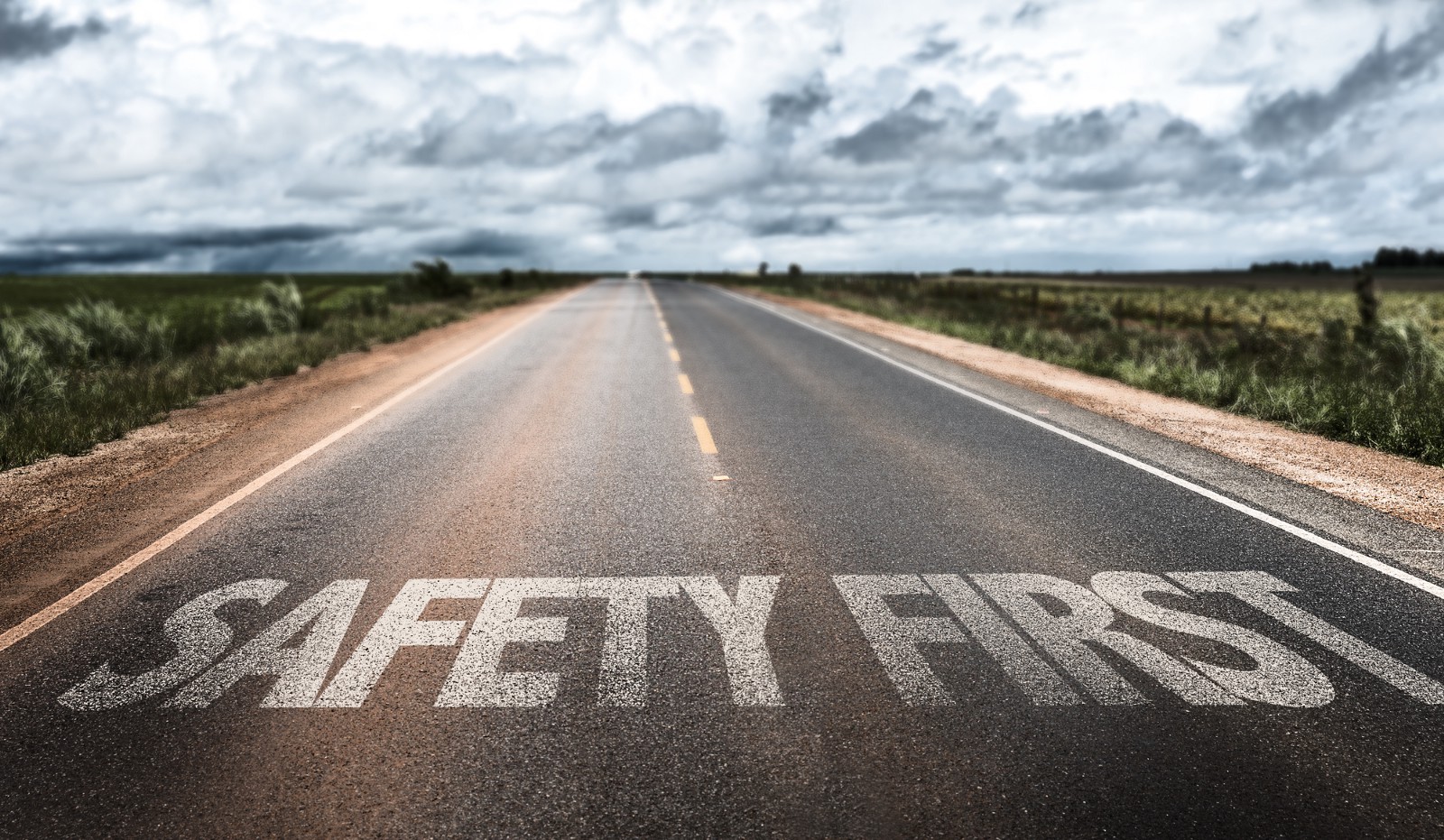What You Need to Know About a Margin of Safety
A margin of safety is mental model from the financial world that prevents savvy investors from losing it all.
It’s kind of like a seat belt.
Ideally, you’ll never need to put it to the test but having a seat-belt or margin of safety in place helps prevent potential misfortunes and even disasters. It also allows for imprecision and mitigates bad luck.
Even if you’re not an investor like Warren Buffet, you can still apply a margin of safety to all types of endeavours.
For Sports
A typical long-distance runners typically puts in anywhere from 50–150 miles a week while training for a marathon.
However, after a certain point diminishing returns. These extra junk miles carry no psychological benefits, but they dramatically increase the athlete’s chance of injury.
So if you’re training for a marathon, finish each training session with a something left in the tank. This way, you’re less likely to feel exhausted and drained the following day.
On the other hand if you go all out during each training sessions, you’ve little to gain by sweating out another ten or twenty miles a week. You are, however, far more likely to pull a hamstring or calf muscle and miss the big race due to overtraining.
For Business
If you’re running a small business, keep two or three month’s worth of cash reserves in your bank account. This way, if you face an unplanned expense or revenues fall, you’ll still be able to pay your bills.
On the other hand, if you invest all of your cash flow in Facebook ads for example, how will you pay your other bills if your leads from advertising don’t convert?
If you’re a busy corporate executive, commit to your boss and team that you’ll deliver a key project by a certain date.
Now you’ve little to gain by working on this project right up until the delivery date. Instead, push yourself to finish it early. This way, you have a margin of safety is something unforeseen happens.
For Creative Work
Many writers and artists struggle with managing their time effectively or feeling motivated. They write, paint or draw up until and even right past a deadline and frustrate their editors, readers and fans.
Instead, you could write three or four articles and have these ready to go. You could also cultivate a habit of outlining ideas for your future articles long in advance. These ready-to-go articles and outlines represent your margin of safety.
On the other hand, if you get the flu or one of your kids has an emergency, how will you keep your readers and editors happy when a deadline rolls around?
Your Inner Game
Benjamin Graham, the investor who came up with the concept of a margin of safety, wrote that:
“Investing isn’t about beating others at their game. It’s about controlling yourself at your own game.”
Whether you’re an investor, athlete or artist, learn to manage your behaviour.
Always pay less than you think something is worth.
Train hard enough to achieve results but not so hard that you increase your risk of injury.
Keep a bank of ideas so you don’t have to worry about problems like feeling blocked or uninspired.
Trust yourself get the job done… but not so much that you risk losing it all.
Want more? Check out my take on Kurt Vonnegut's Rules for Writing.

wawwww .....
incredible athletes ran away, usually footballers with soldiers who could be longer all that long
let me resteem your post
follow me @zordon87
@bryancollins